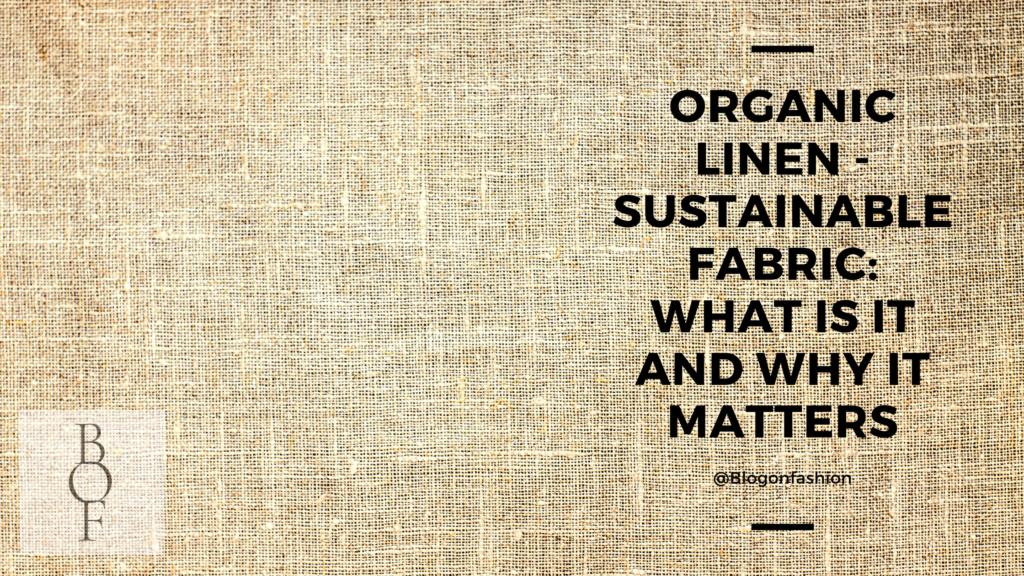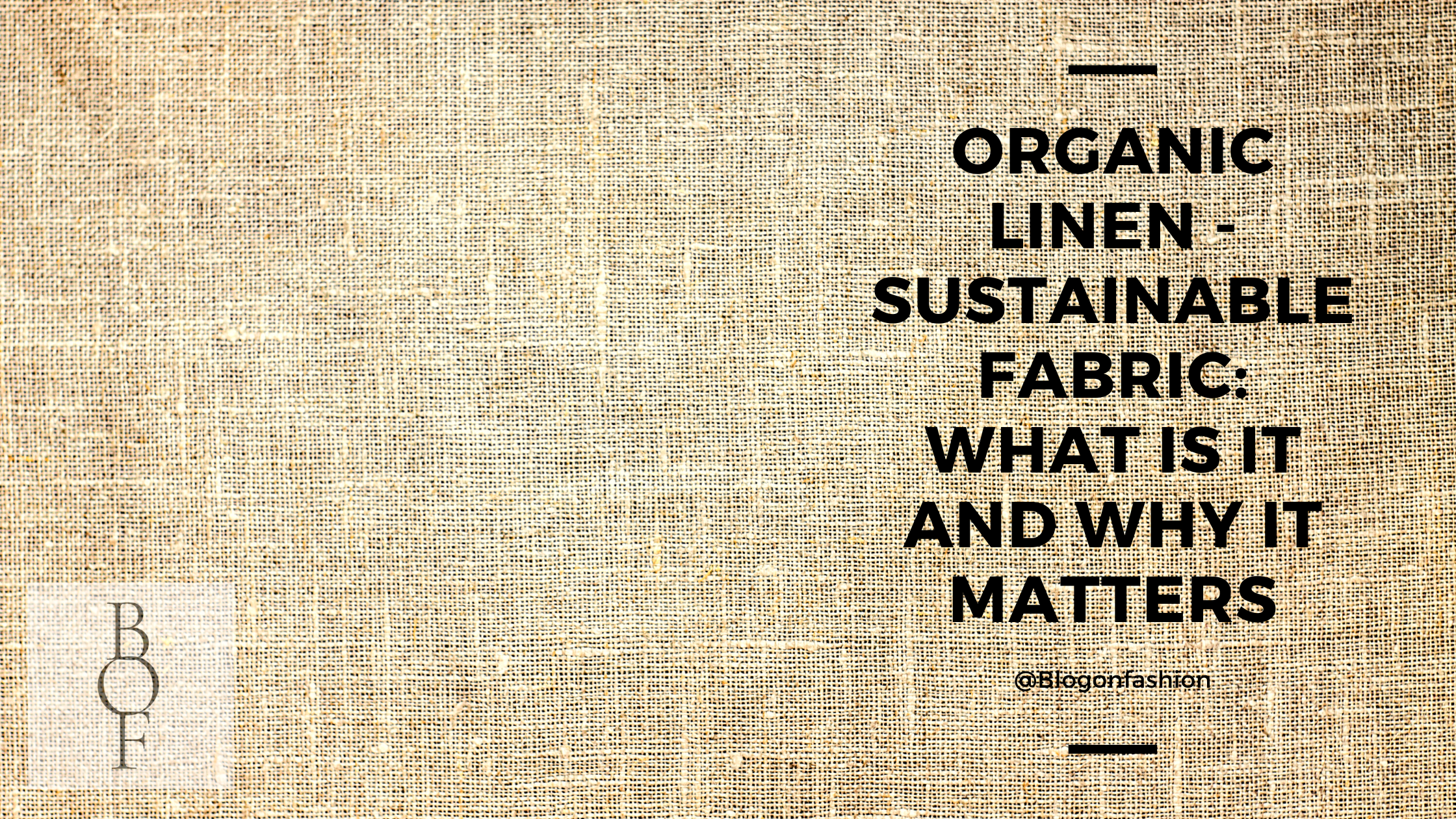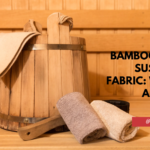
The flax plant’s fibres are used to create organic linen, a natural fabric. With evidence of linen fabrics dating back to at least 8,000 BC, the history of linen may be traced to ancient civilizations. Ancient Egypt, Greece, and Rome highly valued linen because of its durability, coolness, and absorbing qualities.
The stem of the flax plant is processed and spun into thread to produce organic linen fibres. The cloth is created by weaving or knitting the thread. The process of making linen from flax has remained relatively unchanged for thousands of years, and it continues to be a labor-intensive process that requires skilled craftsmanship.
Everything from clothing and bedding to burial shrouds and currency was made out of linen in ancient Egypt. Organic Linen was also highly valued in ancient Greece and Rome, where it was used for clothing, sails, and other textiles. According to the historian Pliny the Elder, Roman people were required by law to wear linen underwear, and the finest linen was reserved for the wealthy and powerful.
Organic Linen’s popularity continued throughout the Middle Ages and into the Renaissance, when it was often used for clothing, bedding, and other household textiles. By the 18th century, the production of linen had become a major industry in Europe, and the fabric was exported to the Americas and other parts of the world.
Organic Linen is known for its unique combination of strength and softness, as well as its ability to absorb moisture and regulate body temperature. Linen fibers are much stronger than cotton, and linen fabrics are also more durable and absorbent. This makes linen a popular choice for clothing, bedding, and household textiles, even in modern days.
Overall, linen is a natural fabric that has been valued for its unique properties for thousands of years. It’s versatility, strength, and durability make it a perfect choice for a wide range of uses from clothing, bedding, sails and even currency. With the passing of time, linen has been proven to be a fabric that can last a very long time when proper care is taken.
Like hemp seeds, flax seeds are a common addition to salads and smoothies. A vegan substitute for eggs is made from flax seeds and water.
Care Instructions
Linen fabric is relatively easy to care for, but it does require some specific attention. Here are some tips for caring for linen fabrics:
-Wash in lukewarm water using a mild detergent. Linen is a strong fabric, but harsh detergents can damage the fibers. Avoid using bleach or fabric softeners.
-It’s best to wash linen separately from other fabrics, especially when washing for the first time as linen may shrink and discolour with other fabrics.
-Linen can be machine-washed, but it’s important to use a gentle cycle to avoid damage to the fibers.
-Tumble dry on a low-heat setting or air dry. High heat can shrink linen, so it’s best to avoid using a clothes dryer or ironing on high heat.
-Linen can be ironed while it’s still damp, using a moderate iron setting. You can also iron on high heat after it’s completely dry, but be sure to iron on the reverse side of the fabric to avoid any shine on the front side of the fabric
-Linen can also be dry cleaned, but it’s always best to check the care label of a specific item.
-Linen becomes softer and more absorbent with time, but it can wrinkle easily. To reduce wrinkles, you can hang the linen item immediately after washing and ironing or you can use a steam iron to iron the linen.
-You can store linen items folded in a dry place, but it’s best to avoid storing them in plastic bags or containers, as this can cause mildew.
By following these care instructions, you can help ensure that your linen fabrics remain strong, soft, and beautiful for many years to come. Keep in mind that these are general instruction and the care label of specific items should be always checked before washing, ironing or storing.










